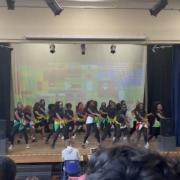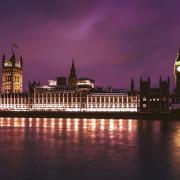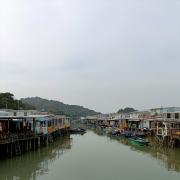
On the 3rd of September 1939, Britain declared war on Germany and its allies, therefore entering World War 2 just 21 years after the end of World War 1. This sparked terror in the community as the difficulty and loss of World War 1 was still in living memory. I have researched the effects of this war on London and Beckenham.
During the war, many children were evacuated, as London was a target for the enemy forces. The population was depleted as many people ran to safety. Although evacuation was optional many schools in London were shut down for the war and parents were encouraged to send their children away. As expected, London was bombed from September 1940 to May 1941, there were around 30,000 people killed as a result of this. People fled to tube stations and shelters when the air raid siren was set off. This is perfectly illustrated in Henry Moore’s pieces such as Grey Tube Shelter. One of the more famous tube stations used was at Elephant and Castle.
Although Beckenham is not in the centre of London it was still heavily affected by the war. The bombing was particularly bad in this area and the people who stayed in London had difficulty in reaching the central areas as many of them continued to work there and the bombing obstructed their commute. In 2005, the BBC did an interview with Eileen Nelson who lived in Beckenham at the time, she emphasised the difficulty of commutes and recalled she had to wait about an hour to catch a bus to work as the trains were too congested. Shopping at this time could also reveal problems with people queuing out of shops to receive just a small portion of meat as food was rationed. People would hire others to install Anderson or Morrison shelters, as a protection for their family. According to another interview the BBC conducted with Richard Beckett, air raid wardens would often yell ‘Put out that light’ as every window had to be blacked out. From this area enemy planes were visible and people would observe their paths, to see where the bombs would be dropped next.
Many landmarks of Beckenham were targeted such as Beckenham Green in an attack which killed 3 people and injured another 30. After this there was another attack in the same place with a further 3 people dying, both of these incidents, damaged local buildings such as the Railway Tavern, St George's Church and Beckenham Public Hall. Attacks like these also affected people's homes, this is still visible today and some streets have houses of drastically different styles as they were hit by a bomb and had to be rebuilt. However, some of the scars of WW2 have been covered with recent developments.
In 1921 on Beckenham High Street, a war memorial was built for World War 1. It is now used for both World Wars and there is a parade every Remembrance Sunday to commemorate those lost, this is mirrored in most towns and cities throughout the country.
By Emilia Beveridge


























